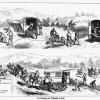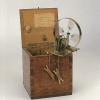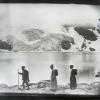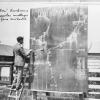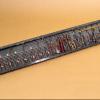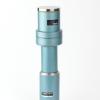From Balaclava to isobars
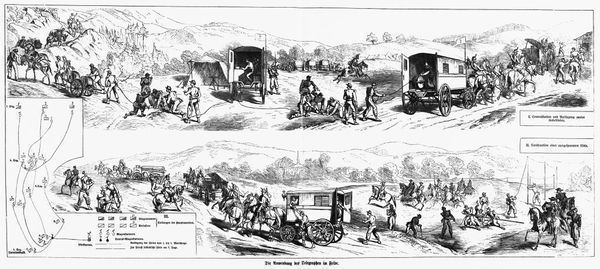
Portrayal of measures to build a telegraph station in the field for the French military. Etching.
The Crimean War (1853–1856), which pitted the combined forces of France, Britain, and the Ottoman Empire against Russia, was perhaps the first "infrastructure" war.
In particular, telegraph units kept the front lines in touch with home countries. In this way, both centers of command and newspapers were kept (more or less) up to date.
On November 14, 1854, a terrible storm hit the Crimean peninsula and had devastating effects on a French-British fleet that was lying off the coast, close to the port town Balaclava. The storm had been observed over the Mediterranean the day before.
Noting this, the French minister of war asked the director of the Paris Astronomic Observatory, Urbain le Verrier, to investigate if the catastrophe at Balaclava could have been prevented using the telegraph. He contacted astronomers and meteorologists all over Europe requesting information concerning the weather they had observed between November 12 and 16. Le Verrier received 250 answers and was able to trace the path of the storm, finding that it would indeed have been possible to have warned the fleet.
While it was too late for the fleet, a new era was born.

How to cite this page
Alexander Badenoch, 'From Balaclava to isobars', Inventing Europe, http://www.inventingeurope.eu/infrastructures/from-balaclava-to-isobars
Sources
- Edwards, Paul N. A Vast Machine: Computer Models, Climate Data, and the Politics of Global Warming. The MIT Press, 2010.





